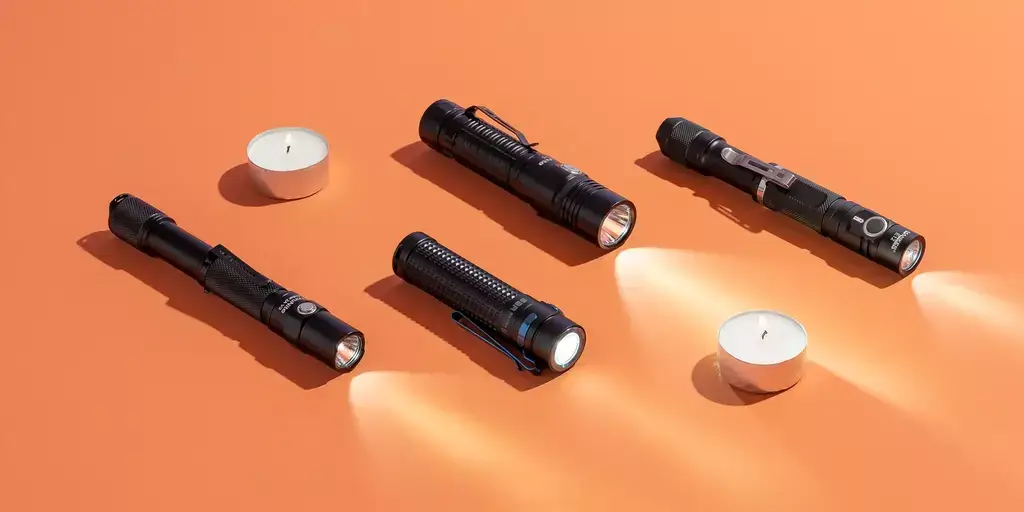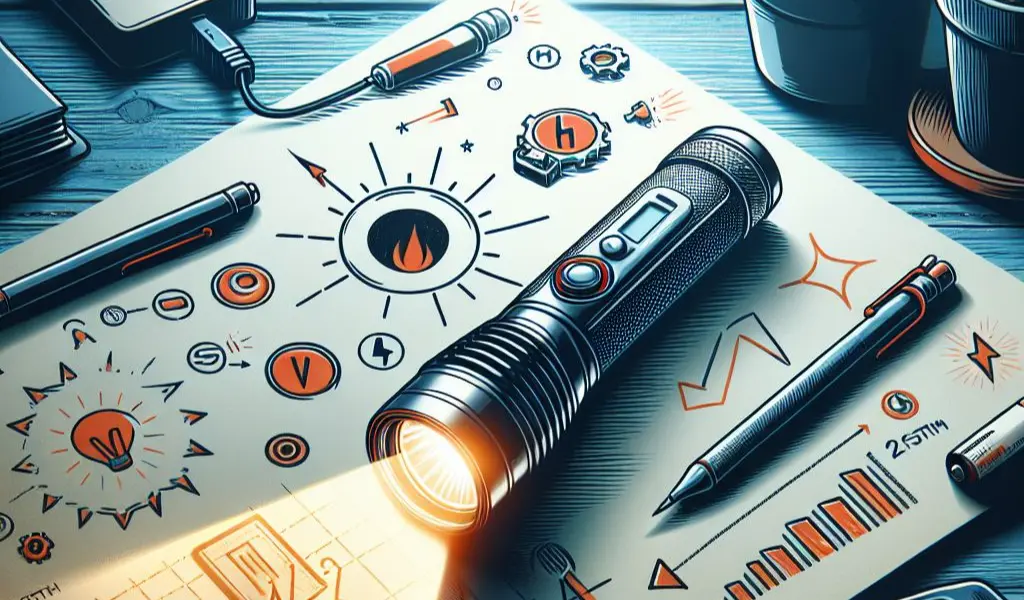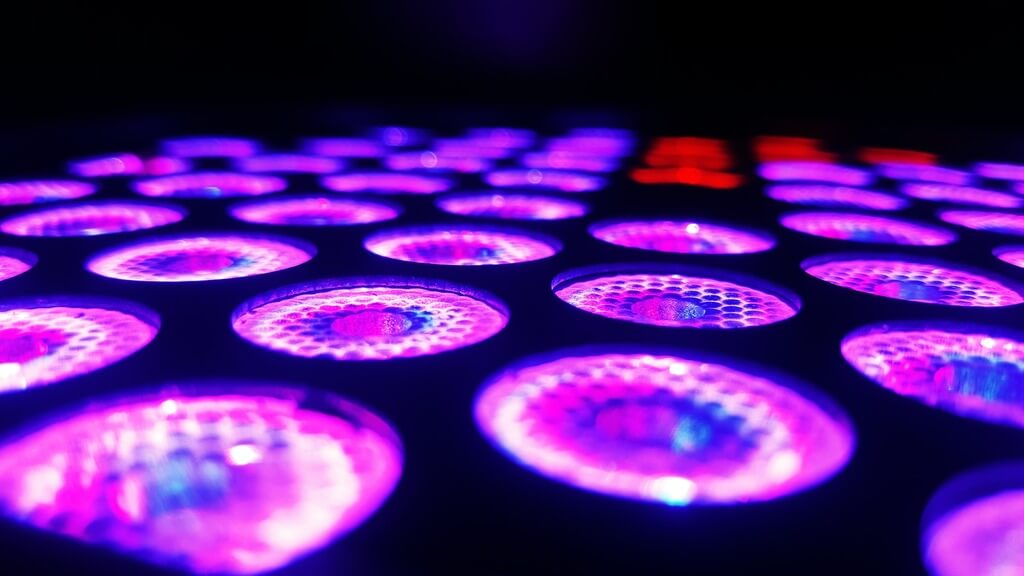Torches and flashlights are portable devices that provide light in dark places. They have been used for various purposes, such as camping, hiking, exploring, emergency, military, and law enforcement. But how did they come to be, and what are the different types and features of these handy tools?
Traditionally, the term “torch” is used in the UK, and AU to refer to what is called a “flashlight” in the US, and CA. Despite the different names, they serve the same purpose – providing light.
Table of Contents
History
The history of torches and flashlights dates back to ancient times when people used fire to illuminate their surroundings. Torches were sticks or bundles of wood or plant material that were set on fire, while lamps were containers filled with oil or fat that had a wick. These methods of lighting were effective but also dangerous, as they could cause burns, fires, or explosions.
The invention of the electric light bulb and the dry cell battery in the late 1800s paved the way for the development of the first torches and flashlights. The dry cell battery was a type of electric battery that used a paste instead of a liquid as the electrolyte, making it suitable for portable devices. The electric light bulb was a device that produced light by passing an electric current through a filament.
The first torch or flashlight was invented by British inventor David Misell in 1899. He patented a device that consisted of a fiber tube with brass end caps and a glass lens at one end. Inside the tube were three dry-cell batteries and an incandescent light bulb. The device had a switch that could turn the light on and off.
However, the first torches and flashlights had some limitations. The batteries could not provide a steady electric current and required periodic rest to continue functioning. The light bulbs were also inefficient and consumed a lot of power. As a result, the devices could only produce brief flashes of light, hence the name flashlight.
Over time, torches and flashlights improved in design and performance. New types of batteries, such as alkaline, lithium-ion, and rechargeable batteries, were developed to provide longer-lasting and more reliable power sources. New types of light bulbs, such as halogen, xenon, and LED (light-emitting diode), were introduced to produce brighter and more energy-efficient light.
Types of Torches and Flashlights
Today, there are many different types and models of torches and flashlights available in the market. Some of the common types are:
- Incandescent Bulb Flashlights: These are the most traditional type of flashlights that use incandescent light bulbs as the light source. They are usually powered by disposable or rechargeable batteries. They are cheap and easy to use, but they also have some drawbacks. They produce a lot of heat, consume a lot of power, and have a short lifespan.
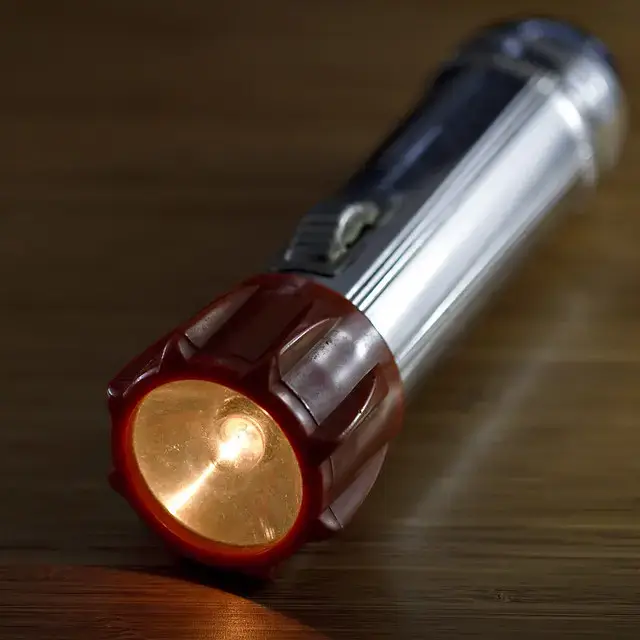
- LED Flashlights: These are the most popular type of flashlights today that use LED bulbs as the light source. They are powered by disposable or rechargeable batteries or by solar panels or hand cranks. They have many advantages over incandescent bulb flashlights. They produce little heat, consume less power, and have a long lifespan. They also offer different colors and modes of light.
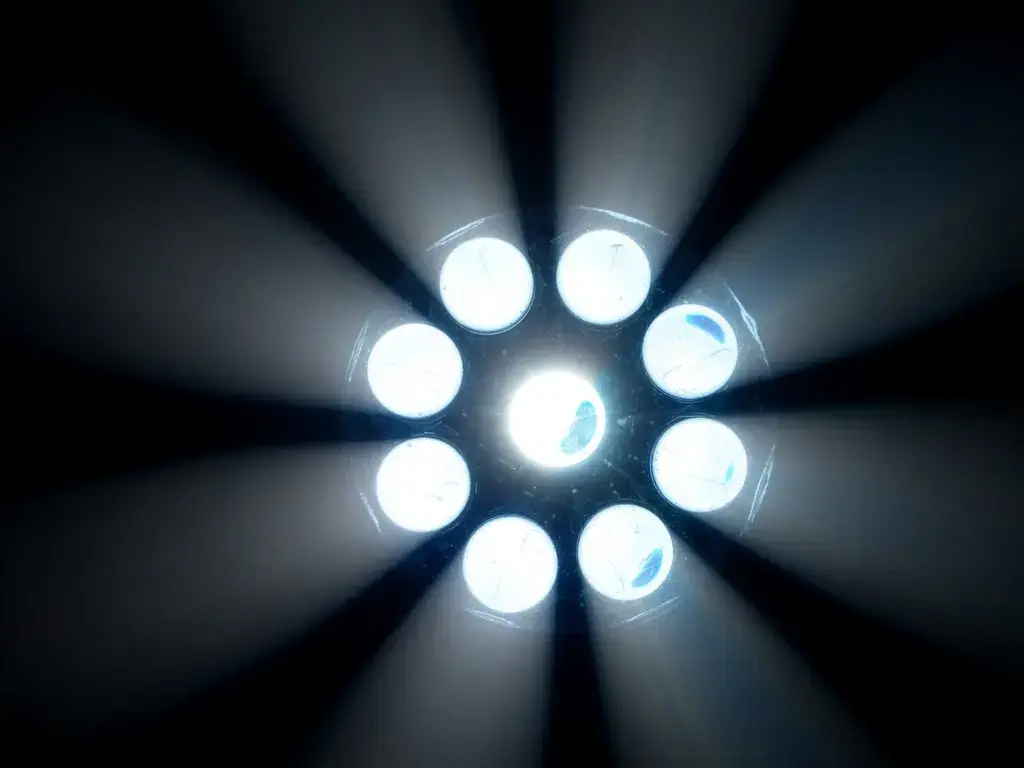
- HID (High-Intensity Discharge) Flashlights: These are powerful flashlights that use HID bulbs as the light source. They are powered by rechargeable batteries or by external power sources. They have some benefits over incandescent bulbs and LED flashlights. They produce very bright and white light that can reach long distances. They also have a long lifespan.
- Pressurized Gas Flashlights: These are special flashlights that use pressurized gases, such as xenon, halogen, or krypton, to enhance the brightness and longevity of incandescent light bulbs. They are powered by disposable or rechargeable batteries. They have some advantages over regular incandescent bulb flashlights. They produce brighter and whiter light that can penetrate fog or smoke.
- Solar-Powered Flashlights: These are eco-friendly flashlights that use solar panels to charge their batteries or to directly power their LED bulbs. They do not need any external power sources or disposable batteries. They have some benefits over other types of flashlights. They are environmentally friendly, cost-effective, and convenient.
- Shake Flashlights: These are innovative flashlights that use magnets and coils to generate electricity by shaking them. They do not need any batteries or external power sources. They have some benefits over other types of flashlights. They are simple, durable, and reliable.
- Headlamp Flashlights: These are wearable flashlights that attach to the head or helmet with straps or clips. They use incandescent bulbs, LEDs, or HID bulbs as the light source. They are powered by disposable or rechargeable batteries or by solar panels or hand cranks. They have some benefits over handheld flashlights. They free up both hands for other tasks, they can be adjusted to different angles or directions, and they can be used in various activities, such as mining, camping, hiking, biking, or running.
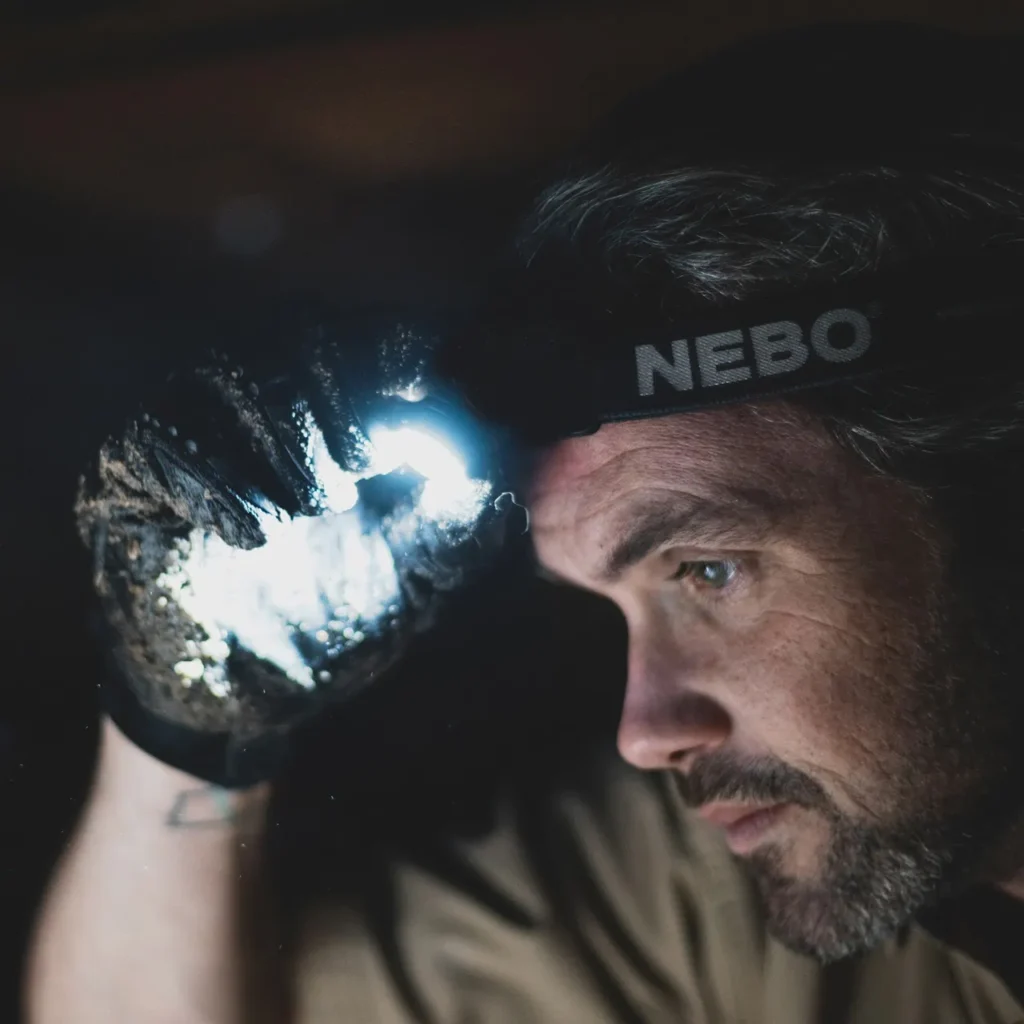
- Lanterns: These are larger and heavier flashlights that can stand on their own or be hung from a hook or a handle. They use incandescent bulbs, LED, or HID bulbs as the light source. They are powered by disposable or rechargeable batteries or by solar panels or hand cranks. They have some benefits over handheld flashlights. They can illuminate a larger area, they can be used as a signal or a warning device, and they can be used in various situations, such as camping, fishing, hunting, or emergency.
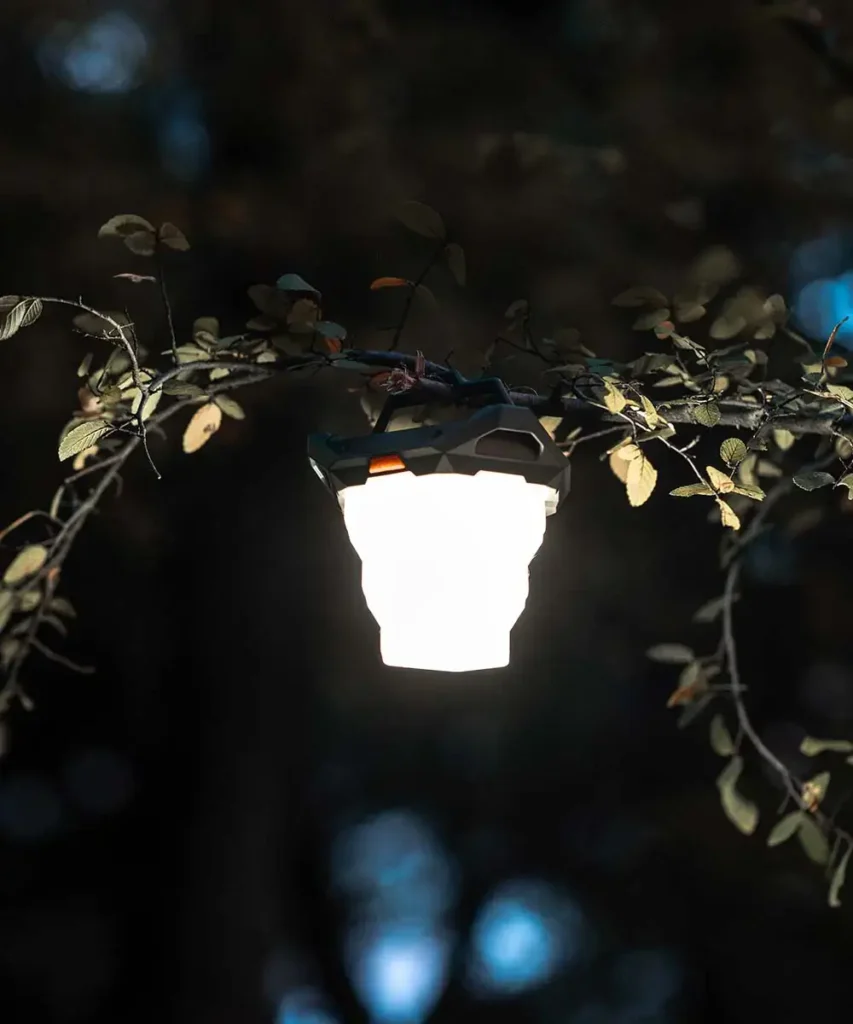
- Tactical Flashlights: Designed for law enforcement or military use, these flashlights are typically very durable and may include additional features like strobe modes for disorientation or signaling.
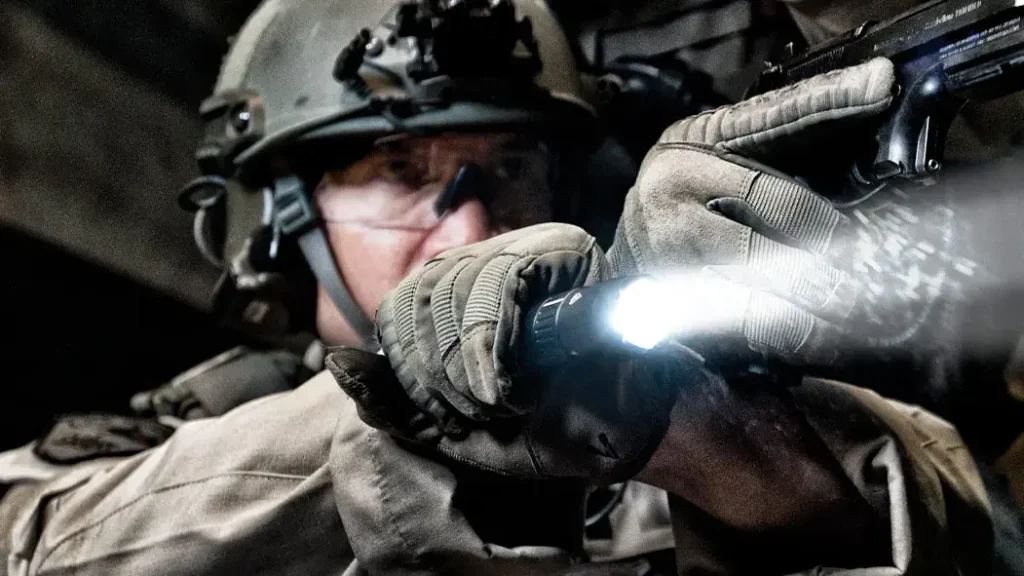
Torches and flashlights are useful and versatile devices that have evolved over the years. They have different types, features, and uses that suit different needs and preferences. Whether you need a flashlight for everyday use, for outdoor adventure, or for professional work, you can find one that meets your requirements and expectations.

